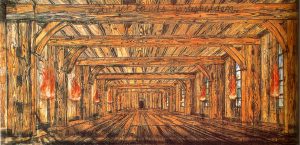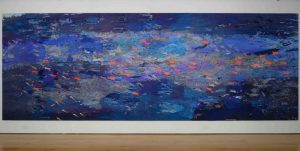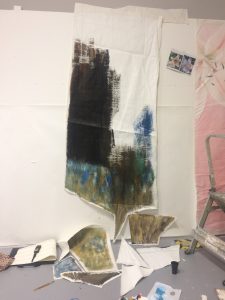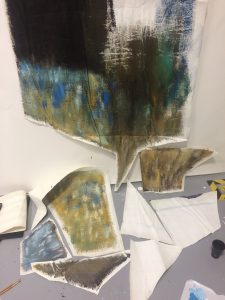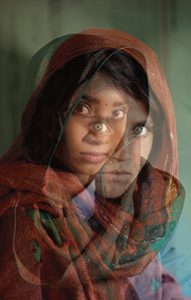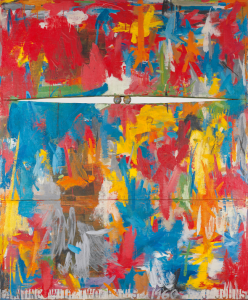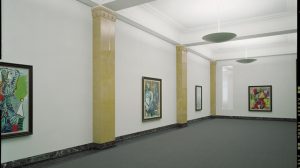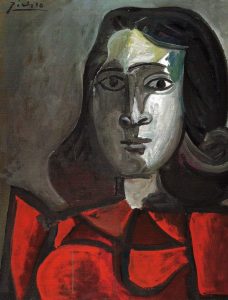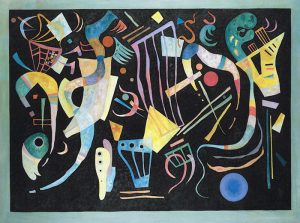Working on this blog, I feel that I have improved my vocabulary and understanding theories. I was able to broaden my knowledge in the world of art further by attending the given lectures. The work count helped me discuss on the topic rather than going off topic and made me express limited. The word count gives me a structure to work with.
I enjoyed tasks such as 6 and 8 because I was able to use my work and experiment for instance, I learned how to appropriate pieces, something I never knew if can do. This task I really enjoyed doing incorporating my work and into someone else’s which I found so fascinating. I struggled immensely on Task 7, for the art terminology and trying to understand on what the writers were conveying. It took me so long to analyse the two texts and try and link connections. Although, this task helped to break down the text and simplify them.
With the short time we were given to complete these tasks, I realised as the tasks kept being given on how to split time for both modules, studio and research. Overall, I found this blog really helpful in ways expanding my knowledge in the history of art. It has pushed me into wanting to read more artist books from Task 2 and experiment more with appropriation. I am pleased I explored various tasks.

